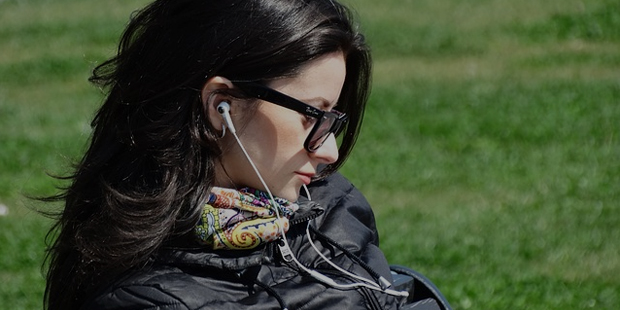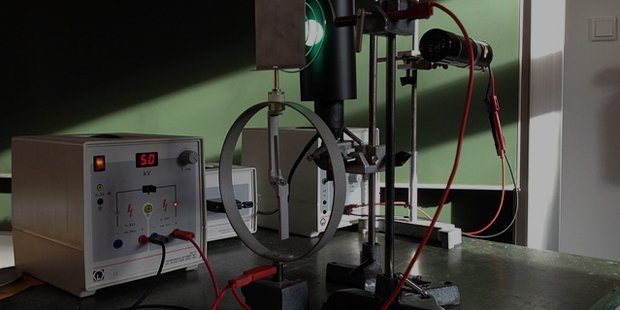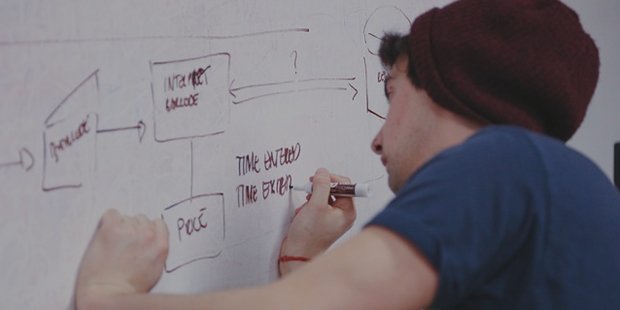Listening an active engagement

Communication is process of engaging one another through the exchange of thoughts, feelings, messagesand ideas in order to build relationships. It is our form of expression so that others can understand us and can relate to us.
And when communication is mentioned, we can’t deny that we assume right away that it’s about talking and oh, we love to talk. Since we focus too much with our own mouths, we always tend to forget another integral part of communication which defeats its purpose.This article will tackle how essential this second face of active conversation is – that is listening.
1. Pay attention

According to handy-dandy Merriam Dictionary, listening is “paying attention in order to hear what is being said.” Here, we need to look into three points: paying attention, to hear, and what is being said.
One of the common mistakes is to confuselistening from hearing. Listening, compared to merely hearing, is an act of focusing to achieve certain level of understanding on what is being conveyed. It is not simply getting what the sound is, but getting also what its meaning.
2. Science behind Listening

To understand listening, it’s basic to know how it works. Ear is responsible for this activity. The outer part of the ear collects sound waves that pass through the canal (that you should always clean) to the eardrum. The waves will make the eardrum vibrates causing the tiniest bones in the body to move. This movement will send vibration to the inner ear’s fluid that will set the hair cells in motion. This motion is the sound our brain reads.
3. An Active Engagement

Live Happier with Positive Thoughts
Listening is not a passive task as we usually think, especially when we know nowhow we listen, but rather a very active one that needs commitment. Big word right? But it is true. As we love to discuss, argue, debate, speak, we need a safety line to prevent conflicts, and listening provides that as it helps in ensuring rapport among us.
Let see, how do you feel if you’re talking to someone but he/she seems not interested in what you’re saying? Isn’t frustrating at the same time annoying? This is why paying attention is important in listening.
4. Concentration Level

To pay attention does not mean to obtain all information, but to get only the necessary details to understand what is being said.You have to pay attention to see if you and the other person(s) are in the same page, and if you do not need further clarification or you are in opposite standing that can make or break the interaction.
Also, it is also to concentrate on nonverbal communication exhibited. To observe the gesture and posture is part of listening. You also have to listen to what the body says.
5. General knowledge

Moreover, there are two approaches involved in comprehension: the top-down and bottom-up processes. Top-down approach involves past knowledge, learning and experience. One needs to seek similar context from his/her past or from general knowledge to interpret the given information. While bottom-up approach is to interpret in a more technical sense using grammar, vocabulary, and other lexical tools.
To illustrate this, let’s use the elephant picture wherein a blindfolded man is tasked to guess the animal by touching it. Top-down approach happens when the blindfolded man has a prior encounter of an elephant, that he can guess the animal right away. On the other note, bottom-up approach is when the man has no existing knowledge about it and he can only describe the creature after touching its whole surface.
6. Explore Your Knowledge
Either way, the end point is still the same. One is not better. It will depend on your knowledge and purpose of your interaction.Communication is always interactive and two-way; hence, listening requires also a response from you. The response of listening, however, is not in the closing stage of communication but in the whole process.You begin responding when you start paying attention.
Based on your observation, it’s your judgment if you need to send verbal and nonverbal ways of encouragement, ask few questions or you have to be silent.Through paying attention, you’ll know when to send words of encouragement so that the speaker can feel that you’re actively listening, butyou also have to be conscious with your body gesture as your body should respond appropriately.
7.Silence speaks a lot

Does your body say you’re interested or it discourages the speaker to continue? Leaning in a right distance towards the speaker indicates that you love to hear what he/she tells. Nodding also is a form of encouragement, but not too much, since it will look like you’re just pretending.
Part also of motivation is questioning. But you have to be careful. Asking the right question is crucial in listening. Too much asking can stop the speaker from talking; you’ll end up interrogating him/her instead of letting the flow of thoughts. Then knowing what to ask can show if you understand what has been said, and it can motivate or discourages the speaker to carry on.
Silence is a powerful tool in listening. It gives you the chance to just observe and collect. It helps you in pointing the important details and in determining the gesture of the speaker. Silence is your bestfriend here. Also, it gives the speakers the sense of freedom that allows him/her to get in touch with his/her feelings and ideas. Consequently, it makes him/her speak more openly and smoother. You’ll see that often times, good listeners are those who can maintain silence in a not awkward manner. (Motivational Quotes)
Listening plays an important role in our interpersonal relationships with others. You might think that it such a small thing when communicating that sometimes it is forgotten, but truly it builds the connection between people. To focus to the speaker is vital in listening, either by top-down or bottom-up approach, as long as you actively participate in the interaction through your gestures, words, questions, or silence. Knowing this can indeed assist us in our daily dealings as social being.










